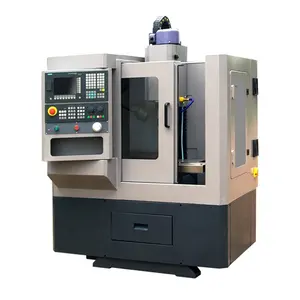Popular in your industry






































































Related Searches:





























































































































Top categories
About wtp water treatment
WTP water treatment, also known as a water treatment plant, is a facility designed to purify and disinfect water for safe consumption or other specific uses. WTP plants employ various processes and technologies to remove contaminants and improve the overall quality of water. The primary goal of a WTP plant is to ensure that the water meets specific quality standards set by regulatory bodies. This is achieved by treating raw water from natural sources such as rivers, lakes, or groundwater and transforming it into clean, potable water ready for distribution to homes, businesses, and industries.
WTP plant process
The WTP plant process typically begins with the intake of raw water from a natural source. This raw water may contain suspended solids, microorganisms, organic matter, and other contaminants, making it unsuitable for direct consumption. The first step in the treatment process is often pre-treatment, where large debris and particles are removed through physical processes like screening and sedimentation. Once the water has been pre-treated, it undergoes a series of subsequent treatment steps to further purify it. These steps can include processes like coagulation, flocculation, sedimentation, filtration, and disinfection.
Coagulation involves the addition of chemicals called coagulants, such as aluminum sulfate or ferric chloride, to destabilize and clump together fine particles, making them easier to remove. Flocculation follows, where gentle mixing encourages the formation of larger, floc particles. These floc particles are then settled out in the sedimentation process, where they settle to the bottom of a tank. Filtration involves passing the water through various filtration media, such as sand, gravel, or activated carbon, to remove remaining impurities. Finally, disinfection is a critical step in the WTP water treatment process, where chemical disinfectants like chlorine or ultraviolet (UV) light are used to kill or inactivate any remaining pathogens, ensuring the water is safe for consumption.
WTP plant cost
The cost of a WTP plant can vary significantly depending on various factors, including the size of the plant, the technology and processes employed, the source water quality, and specific project requirements. Small-scale WTP plants designed to serve a smaller community or industrial facility may have lower capital costs compared to larger municipal water treatment plants.
For example, a small WTP plant designed to treat water for a community of a few hundred people may have a lower initial cost, ranging from tens to hundreds of thousands of dollars. In contrast, a large municipal WTP plant serving a city or urban area may have a significantly higher cost, often in the millions or tens of millions of dollars. The capital cost of a WTP plant includes expenses related to design, engineering, construction, equipment procurement, and installation.
In addition to capital costs, WTP plants also incur operational and maintenance costs for ongoing plant operation, monitoring, and maintenance of equipment, and chemical and energy consumption. The cost of chemicals and energy, such as those used in the treatment process and for plant operations, can also contribute significantly to the overall cost of running a WTP plant. Therefore, it's essential for project planners and stakeholders to consider these factors and conduct a detailed cost analysis to determine the total cost of owning and operating a WTP plant.






































































